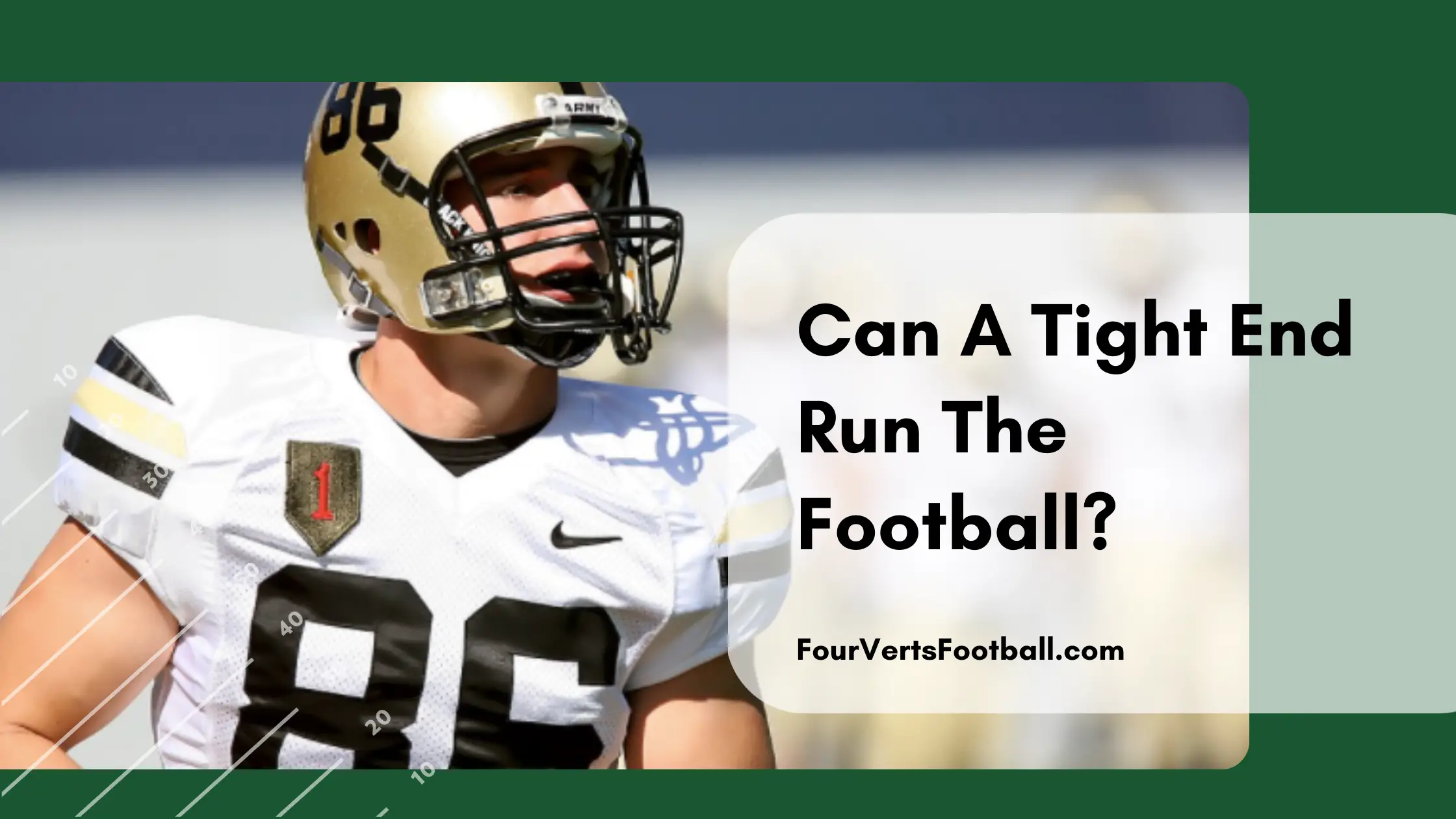The tight end position is primarily known for their ability to catch passes from the quarterback and run block on rushing plays. This position rarely carries the football though they are legally allowed to in all levels of football.
Tight ends primarily line up on the end of the offensive line which means they are usually not lined up in a position in which it is convenient to hand off the ball.
Tight ends are also one of the slower skill positions on the offense. Tight ends do not have the speed of running backs or wide receivers which generally makes them less dangerous with the ball in their hands.
That being said every once in a while teams will work tight end rushes into their offensive arsenal.
In most cases, this is going to be a play in which the tight end comes around from the end of the formation and is handed the ball in the backfield.
The tight end will then cut through a hole in the offensive line and work his way upfield. Generally, these runs are used in short-yardage situations such as goal line or third and short.
On some occasions, the tight end will line up in the backfield as a running back would but this is relatively rare.
There are no rules that bar a tight end from running the ball in football.
Is A Tight End A Lineman?
A tight end is considered a hybrid between a lineman and a wide receiver. When it comes to the rules of the game a tight end is much closer to a wide receiver.
Tight ends are almost always eligible to catch and run with the football. Linemen are usually ineligible receivers which means they are not legally allowed to travel downfield, catch passes, or rush the football.
Tight ends are considered linemen in the sense that they are effective blockers. Tight ends have a similar role to linemen on rushing plays in which they will block defenders to make holes for the running back.
Tight ends also have a similar stature to offensive linemen though they tend to way noticeably less and carry a lower amount of body fat.
Who Guards Tight Ends?
When tight ends run receiving routes it is linebackers or safeties that will cover them. In most cases, the tight end is going to be covered by a linebacker.
Linebackers match up well with tight ends and they play in close proximity which means that they will often guard tight ends in zone coverage as well.
Depending on the formation and how many tight ends are on the field the strong safety may play man coverage against the tight end.
The strong safety tends to line up on the strong side of the formation. Generally speaking, the strong side is the side of the formation the tight end lines up on.
This means the strong safety and the tight end are often matched up against one another.

